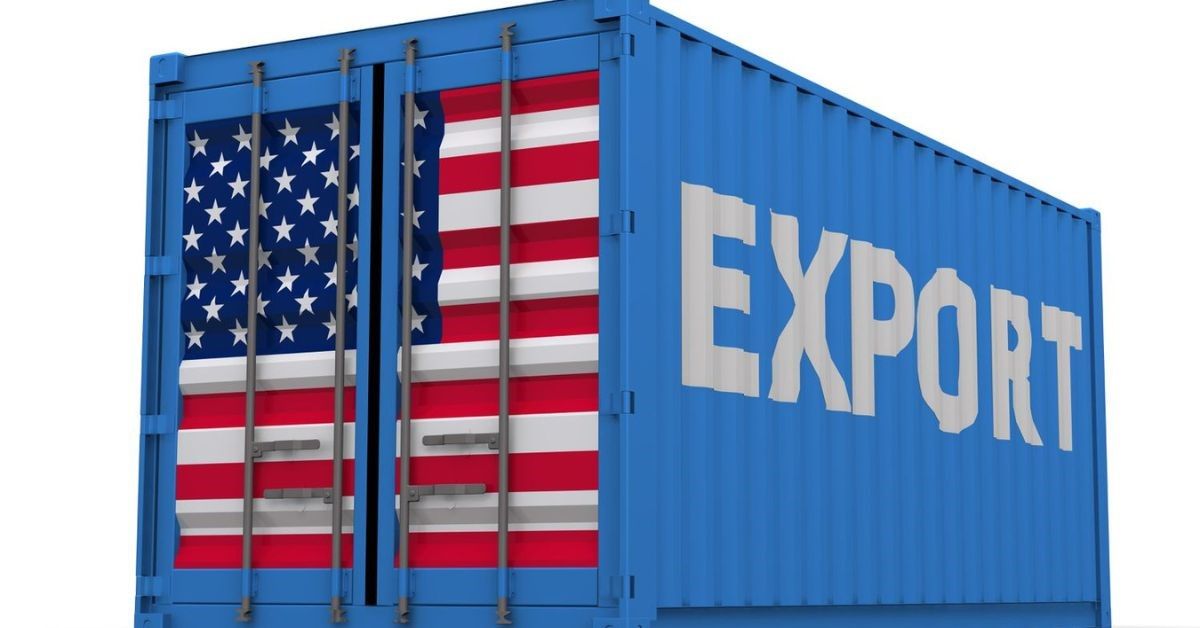According to one analysis, if India is exempt from duties as high as those recently imposed on the European Union, it might benefit from up to $7 billion in exports to the United States. These benefits would, however, come at a negligible trade cost to the EU, which would only represent 1.3% of its $571 billion in 2024 exports to the US. India might mostly benefit from the pharmaceutical and jewellery industries, where the EU sends items valued at around $3 billion to the US each year.
Additionally, India might profit from seasonal goods like Christmas decorations. With more than half of its $117.3 million global exports of festive pieces going to the US market, India already has a firm presence, whereas the EU only shipped $41.2 million worth of similar goods to the US. Out of the 967 product categories that both the EU and India send to the US, dresses and footwear are two more that India could clearly benefit from.
It is anticipated that Mexico, which is subject to 30% tariffs together with the EU, will be less affected. Just 0.8 percent of Mexico’s overall exports to the US and $4.1 billion, or 5% of Mexico’s US exports, would go to India. The analysis focuses on high-volume products (more than $5 million in trade) where India’s export capacity may be scaled and where it either outperforms or underperforms its competitors by at least 50%. According to earlier analyses, the new tariff regime may jeopardize 20% of Bangladesh’s and Sri Lanka’s exports to the United States, especially in the textile industry.









